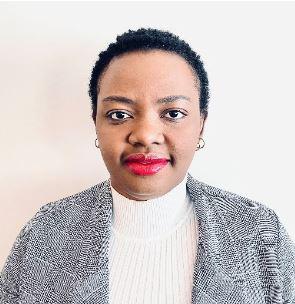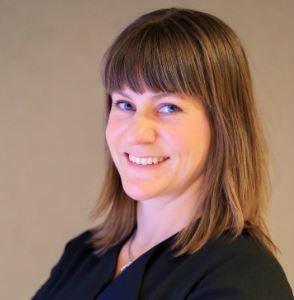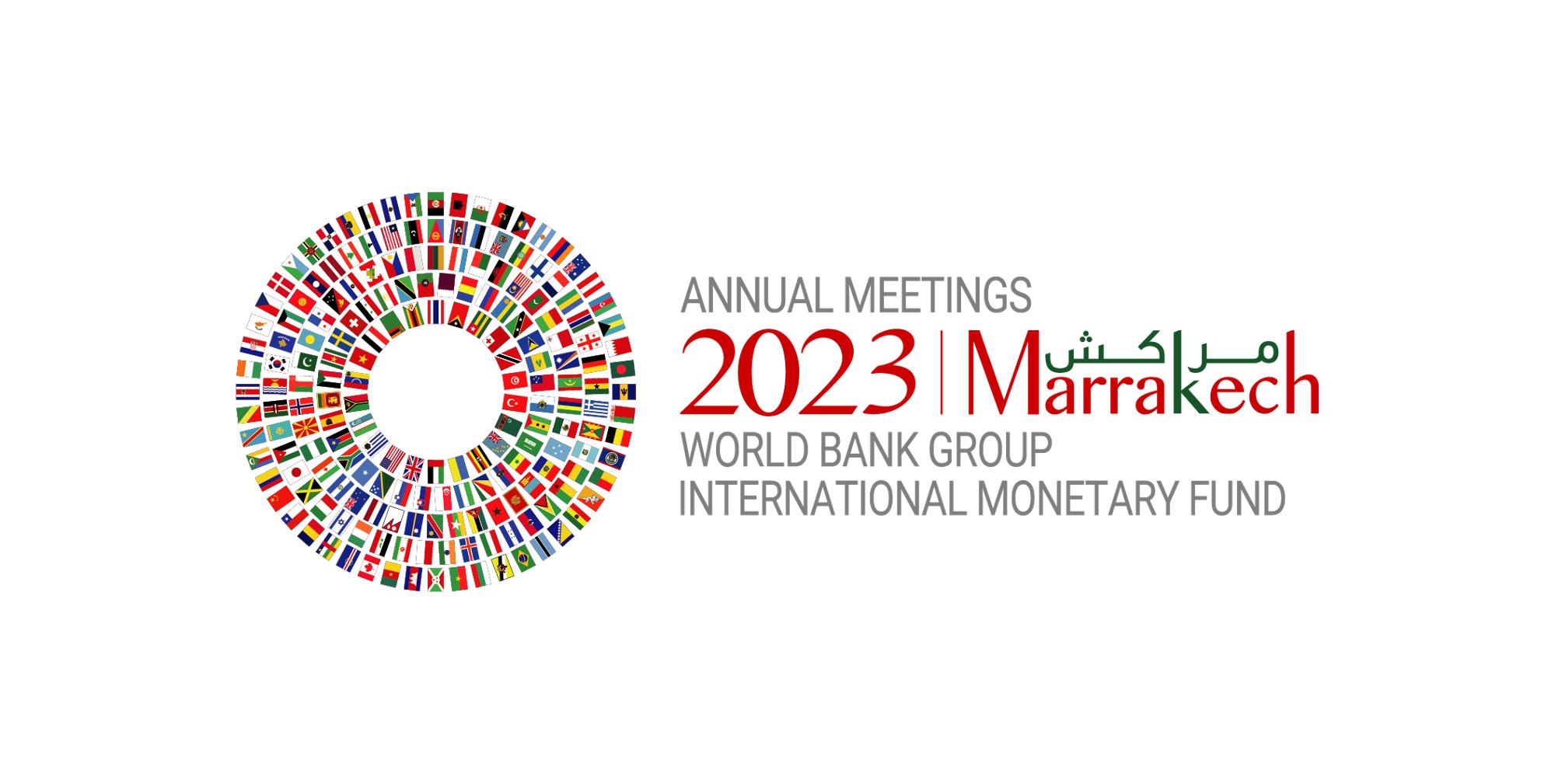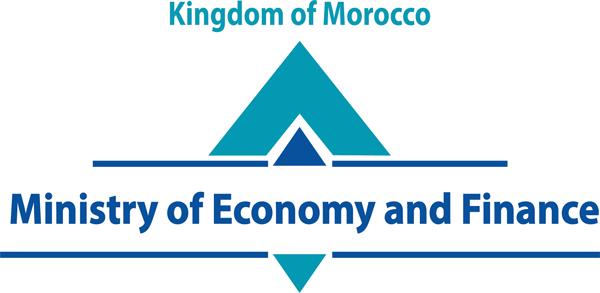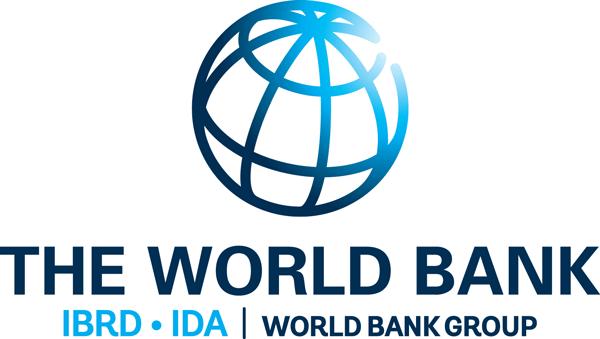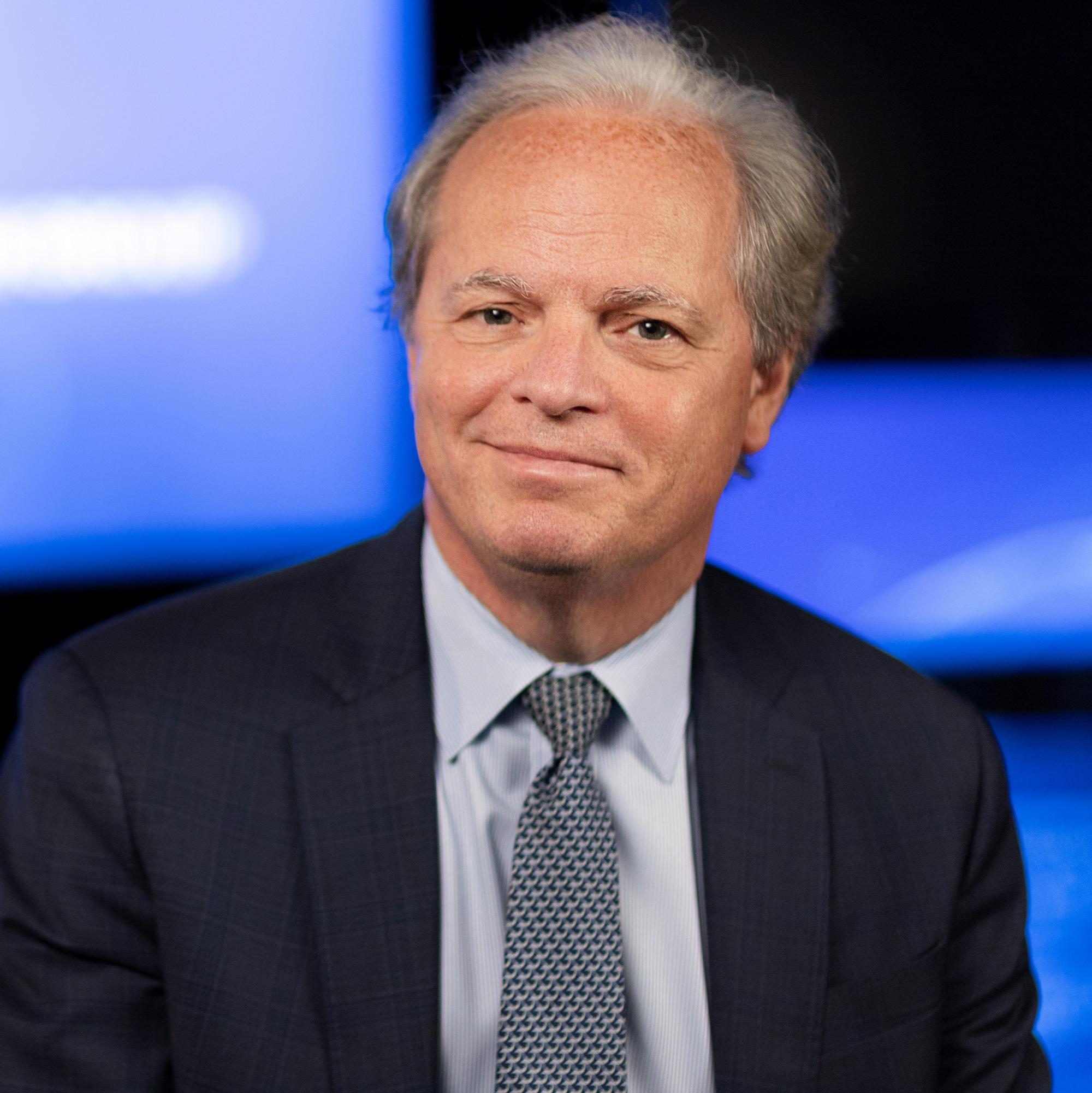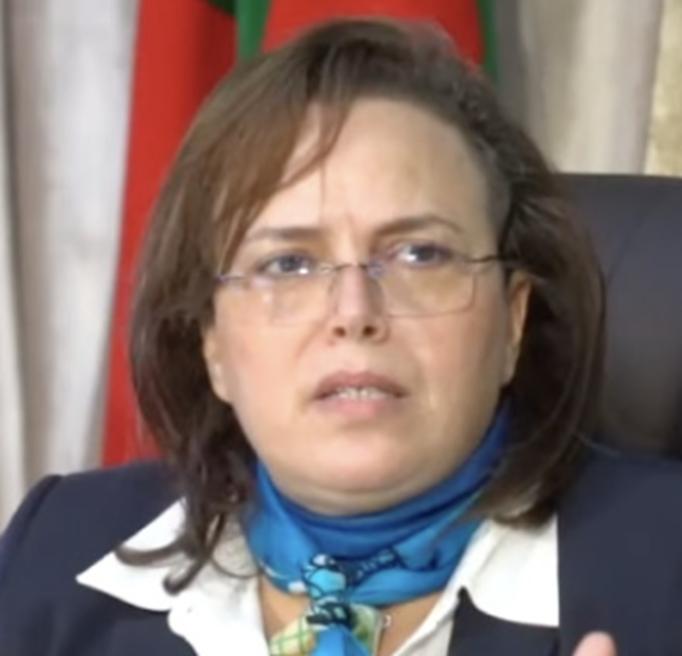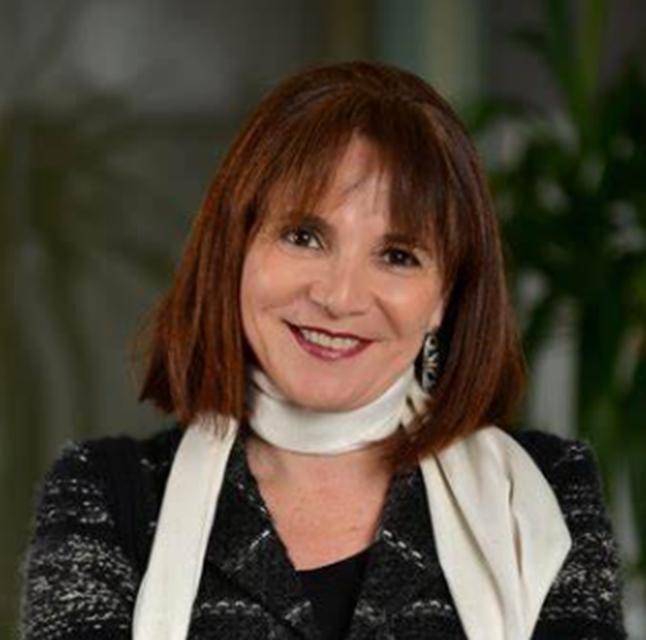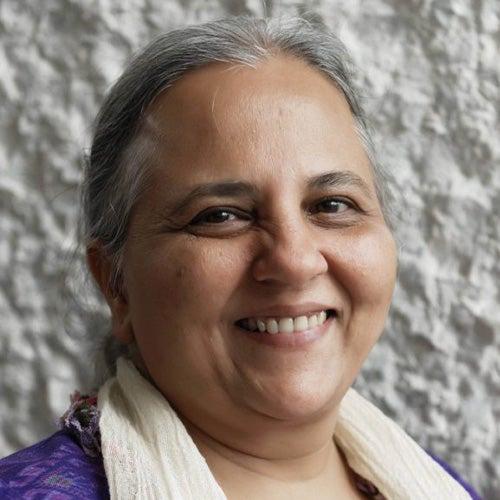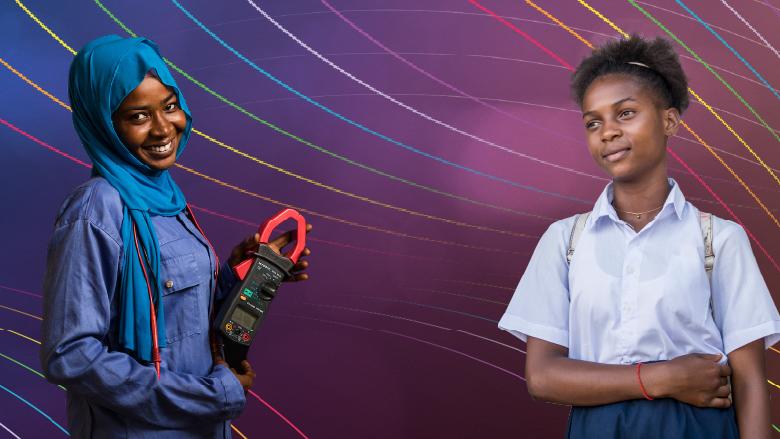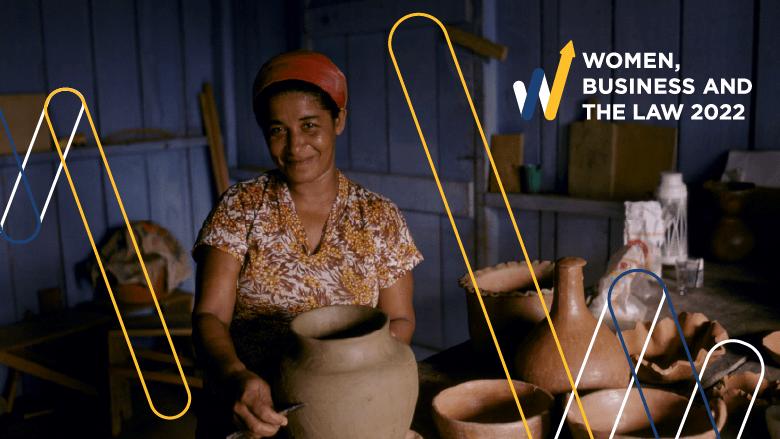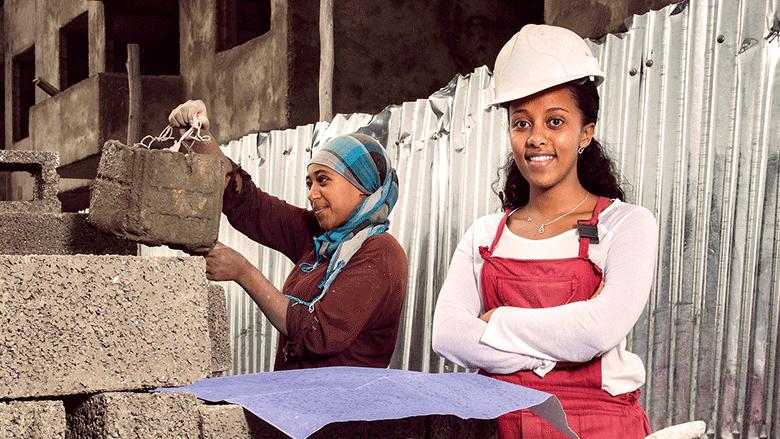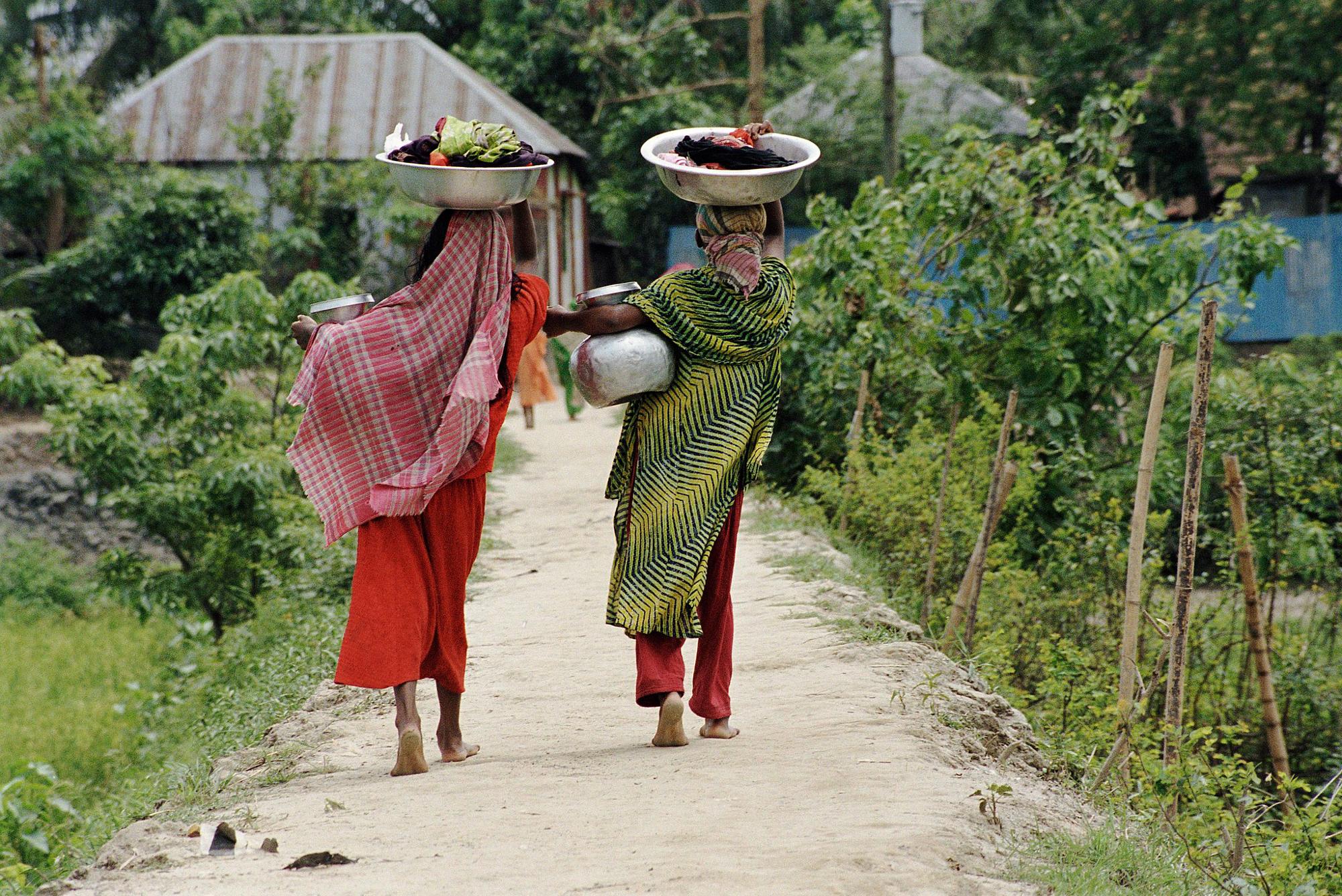GO TO SPEAKERS
Gender gaps in labor force participation persist across all regions and have remained stagnant over the last three decades. The global average gap in workforce participation is 30 percent and, in some regions, such as the Middle East and North Africa, the gap remains particularly high at a stunning 56 percent. The economic cost of this gap is non-trivial: globally, economies stand to gain around 20 percent in GDP per capita. In addition, these gaps affect how men and women are impacted by crises as well as their ability to benefit from structural transformation, digitization, and the green transition. Policies, programs, and investments at all levels need to prepare for and respond to gender-specific impacts. This requires going beyond considerations of gender-based vulnerability and enabling women to participate and thrive in green, resilient, and inclusive development.
In the lead-up to International Women’s Day, this event highlighted the crucial role women can play in shaping the future of jobs as economies undergo structural changes and embrace the green transition. It brought together policymakers and thought leaders to share knowledge and inspire actions aimed at accelerating gender equality. It emphasized the importance of placing women at the forefront of policy and resource decisions.


